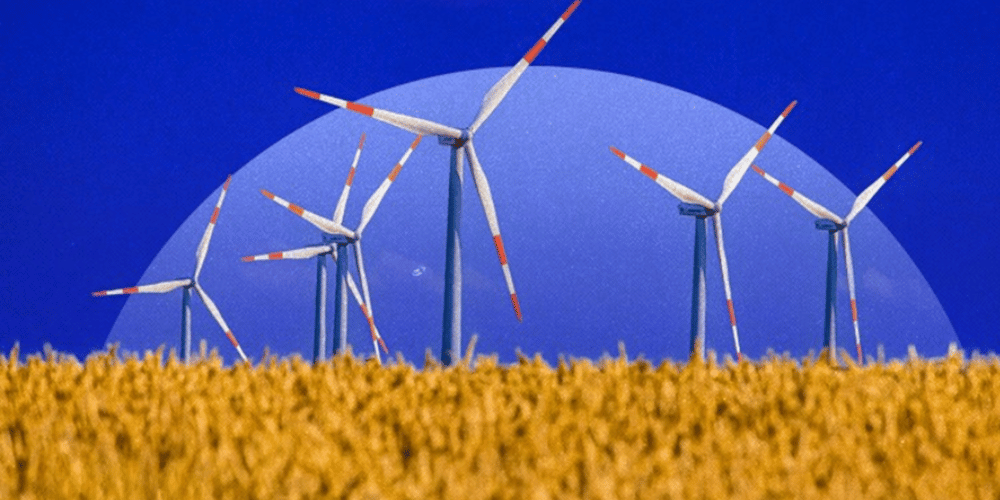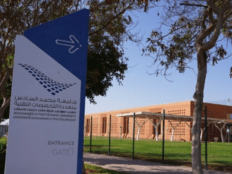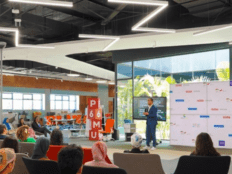The global energy landscape is undergoing a fundamental transformation, driven by the need to address climate change and reduce greenhouse gas emissions.
Renewable energy sources, such as solar, wind, and hydropower, are at the forefront of this shift, offering cleaner and more sustainable alternatives to fossil fuels.
However, the large-scale adoption of renewable energy brings several challenges, including the variability of energy production, the need for efficient energy storage, and the complexity of managing distributed energy resources.
In this context, the Internet of Things (IoT) emerges as a crucial factor in overcoming these challenges by providing a framework for enhanced connectivity, real-time monitoring, and intelligent control of renewable energy systems.
IoT refers to a network of interconnected devices that communicate and exchange data, leveraging sensors, actuators, and communication technologies to collect and analyze vast amounts of information.
Key Components of IoT in Renewable Energy Systems
Sensors and Actuators: Sensors form the backbone of IoT, providing the ability to measure various parameters such as temperature, humidity, sunlight intensity, wind speed, and mechanical stresses. Actuators, on the other hand, enable automated responses to the collected data, such as adjusting the angle of solar panels or the position of wind turbine blades for optimal performance.
Communication Networks: Reliable and efficient communication networks are essential for the seamless transfer of data from sensors to centralized or distributed data processing units. Technologies such as Wi-Fi, Zigbee, LoRaWAN, and general mobile networks play a crucial role in ensuring real-time data transmission.
Data Analysis and Cloud Computing: The enormous amount of data generated by IoT devices requires robust data analysis and cloud computing platforms for processing and storage. Advanced analytics, including machine learning and artificial intelligence, enable us to extract actionable insights from the data, facilitating predictive maintenance, energy forecasting, and optimization.
Edge Computing: To reduce latency and enhance real-time decision-making, edge computing is increasingly integrated into IoT systems. Edge devices process data locally, allowing for immediate analysis and action, which is particularly beneficial for critical applications such as fault detection and response in renewable energy systems.
Applications of IoT in Renewable Energy
Solar Energy: IoT sensors can monitor the performance of solar panels by measuring parameters such as sunlight intensity, panel temperature, and energy output. This data helps identify underperforming panels, predict maintenance needs, and optimize the overall efficiency of solar installations. IoT systems can also track environmental conditions and adjust the orientation of panels to maximize energy yield.
Wind Energy: IoT-enabled wind turbines are equipped with sensors to monitor wind speeds, vibrations, and mechanical stresses. This data is crucial for optimizing turbine performance, preventing mechanical failures, and planning maintenance activities. Moreover, IoT can assist in integrating wind energy into the grid by providing real-time data on energy production and grid conditions.
Energy Storage Systems: Efficient energy storage is essential for addressing the intermittent nature of renewable energy. IoT systems can monitor battery health, charge/discharge cycles, and storage capacity. By analyzing this data, energy storage systems can be optimized to ensure reliability and extend battery lifespan.
Smart Grids: The integration of IoT with smart grids facilitates dynamic demand response, grid stability, and efficient energy distribution. IoT devices can monitor energy consumption patterns, predict peak demand, and manage the flow of energy from multiple renewable sources to end users. This helps balance supply and demand, reduce energy waste, and enhance grid resilience.
Challenges and Future Directions for IoT
Despite the promising potential of IoT in renewable energy, several challenges need to be addressed. These include ensuring data security and privacy, standardizing communication protocols, managing the costs of IoT implementation, and addressing interoperability issues among different IoT devices and platforms.
Future research and development should focus on enhancing the robustness and scalability of IoT solutions, developing advanced analytics for predictive maintenance and energy optimization, and integrating IoT systems for renewable energy with emerging technologies such as blockchain for secure and transparent energy transactions.
By leveraging IoT technologies, the renewable energy sector can make significant strides in efficiency, reliability, and scalability, contributing to the broader goals of sustainable development and carbon footprint reduction.
IoT and Renewable Energy: A Promising Synergy
The integration of IoT with renewable energy systems offers promising prospects for enhancing the efficiency, reliability, and scalability of sustainable energy solutions. IoT technologies enable real-time monitoring, predictive maintenance, and intelligent energy management, which are crucial for optimizing the performance of solar panels, wind turbines, and other renewable energy sources.
By harnessing the power of IoT, we can address many of the challenges associated with the implementation and operation of renewable energy, contributing to a more resilient and sustainable energy infrastructure. Future research and development efforts should focus on improving the interoperability, security, and cost-effectiveness of IoT solutions to realize their full potential in the renewable energy sector.
Morocco World News




Add comment